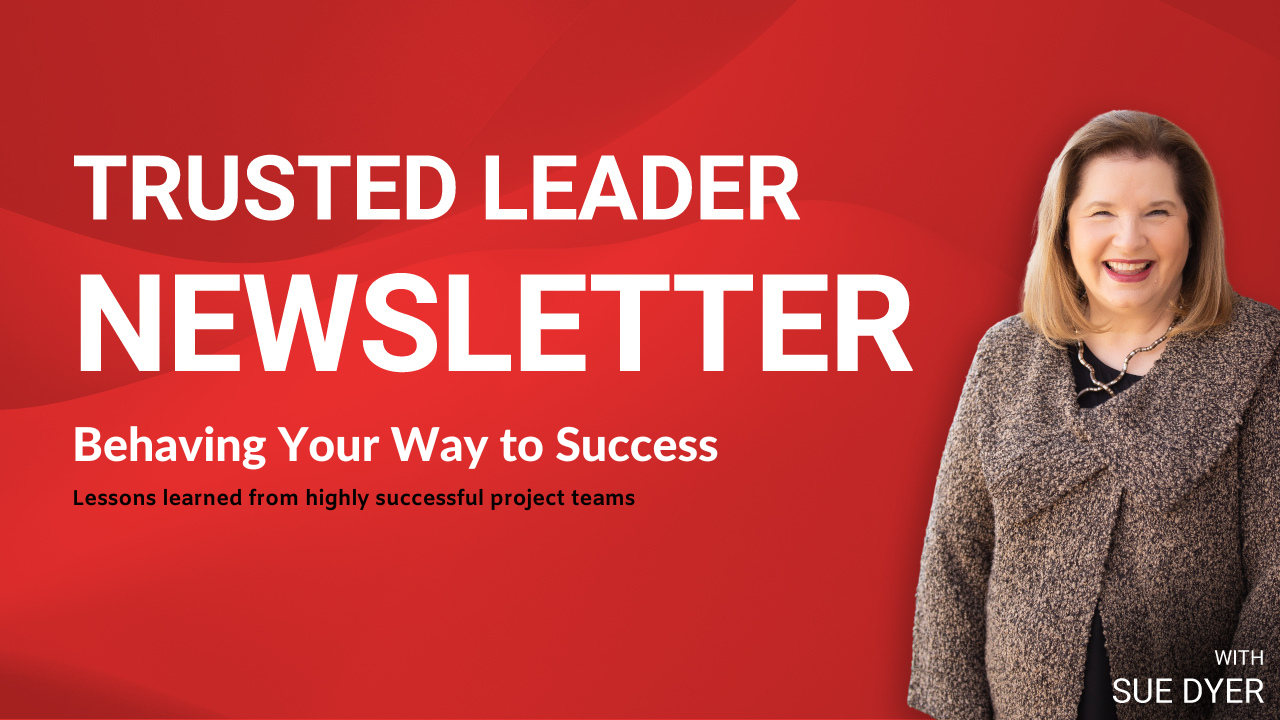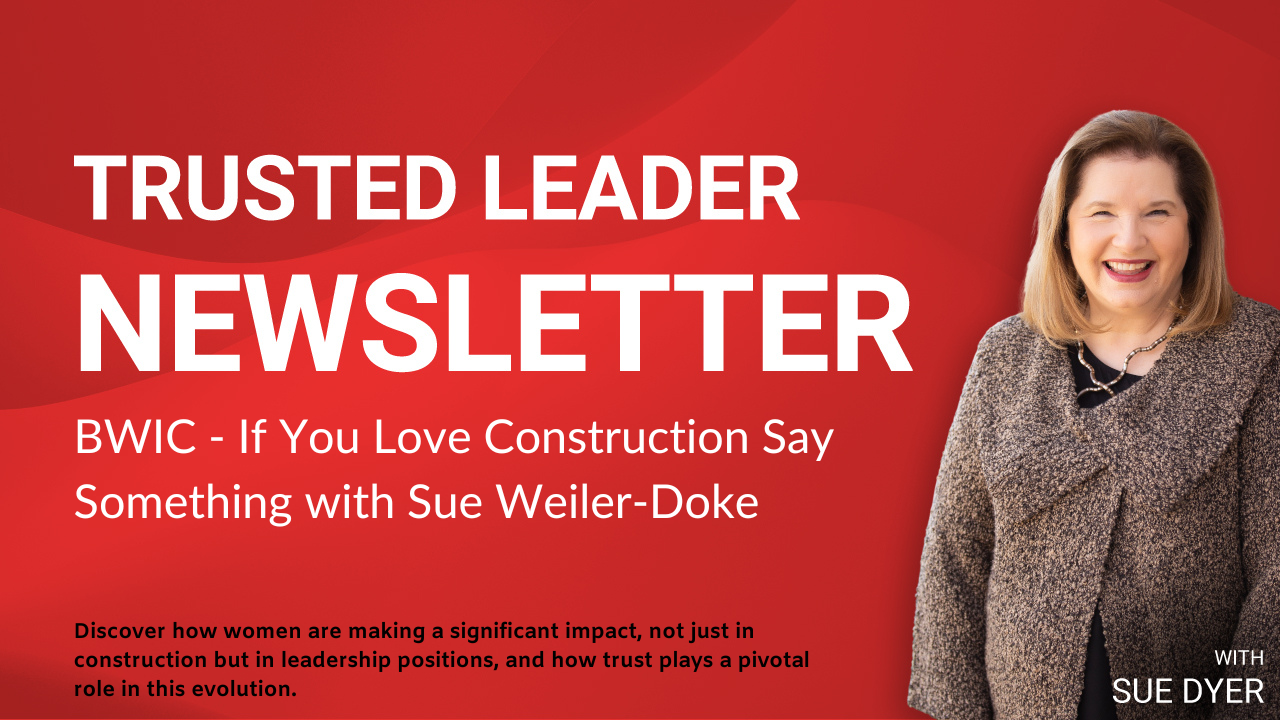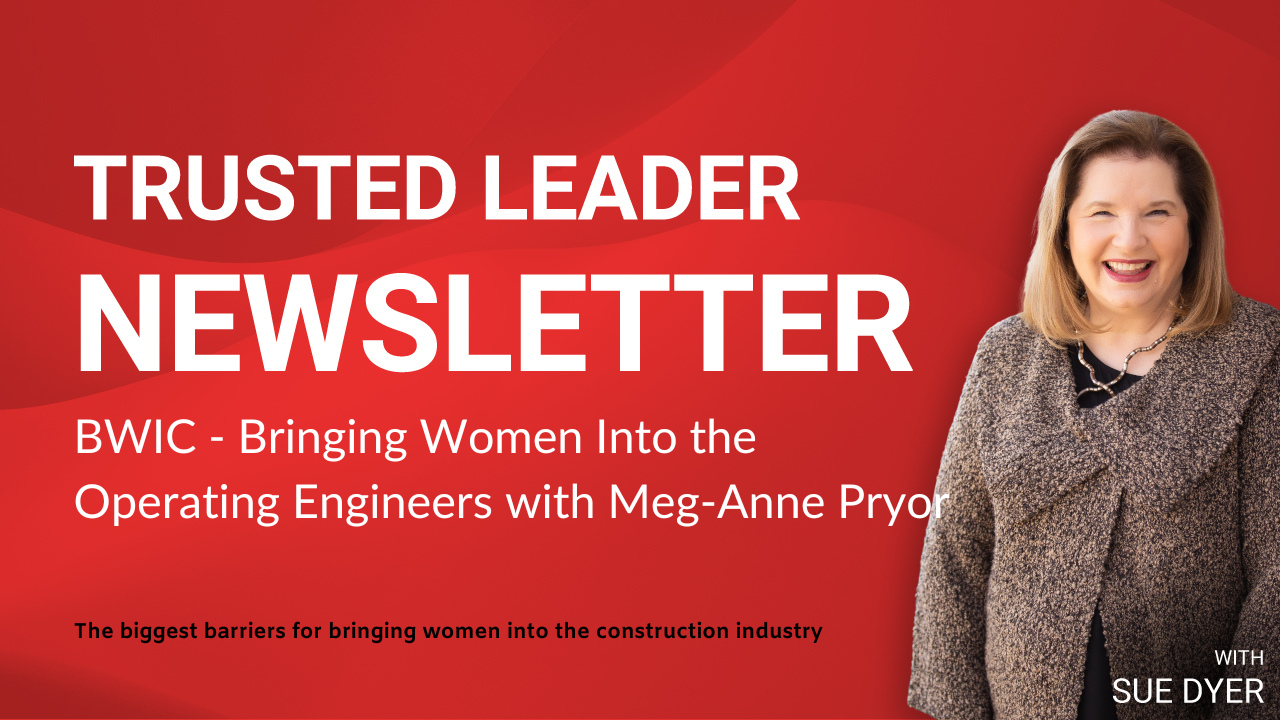The first rule of problem solving is “don’t become part of the problem!” Yet how many times do you see people stir things up and add fuel to the fire, making it much harder to solve the problem you are working on? I know we all do this from time to time. We have strong feelings and beliefs about how something is supposed to happen, and so we “lobby” for what we want. And so does everyone else! Soon, you must talk louder to be heard, and even then, you are really not being heard. Whenever you feel that tug inside when the conversation is becoming emotional and you feel entrenched in your position, you are now part of the problem! So, maybe there needs to be a different approach?
I am excited to share with you today two methods from the book The Trusted Leader that have proven to be VERY effective. Here we go…
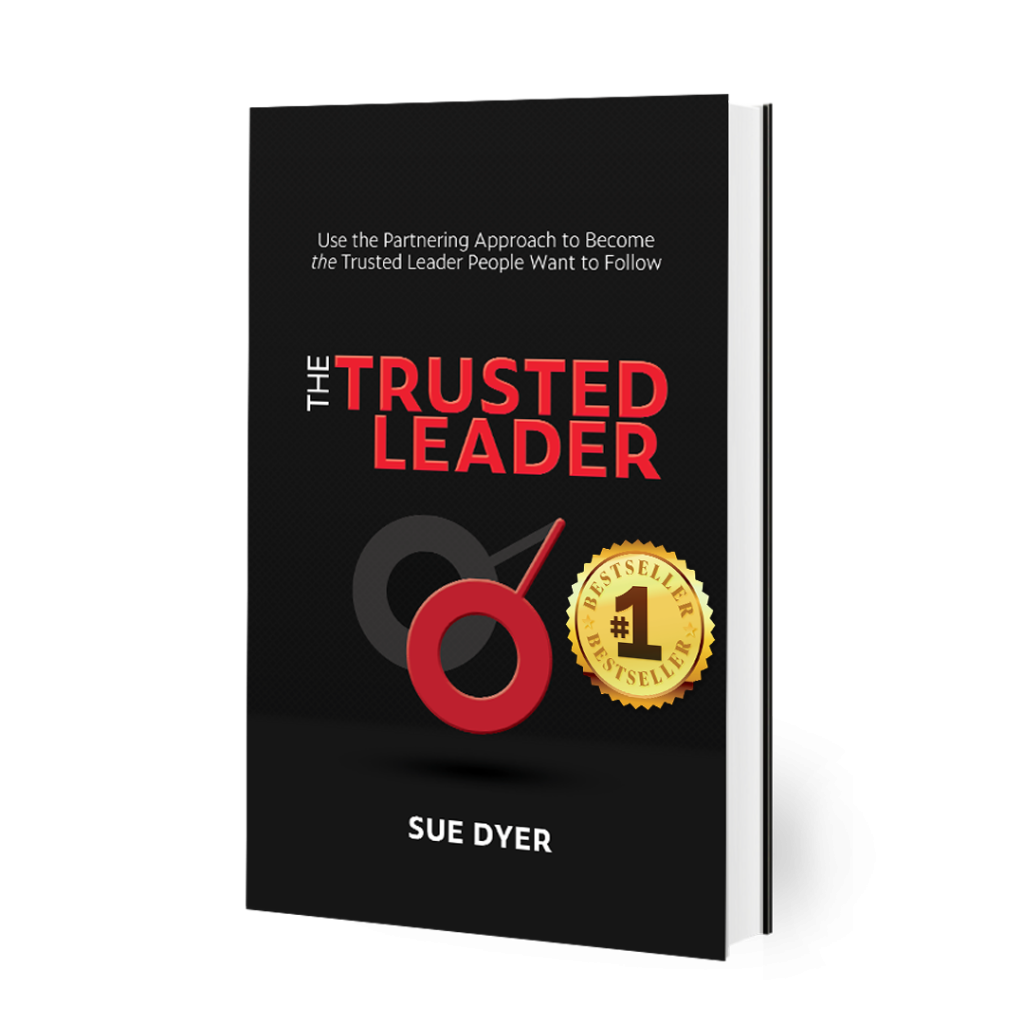
Method #1: Refuse to Be an Adversary
What is an adversary? It is someone you see as your opponent. How do you see someone in your own business as your opponent? Well, it happens in your mind in an instant. When someone is talking to you, and you hear this little inner voice saying, “that’s not true,” “that isn’t what happened,” “I’m never going to do that,” or anything similar. You’ve just become an adversary to that person.
Your mind will move swiftly to protect you, to look for ways to keep you safe. Is your mind focused on understanding, resolving, or creating? NO! Your mind is busy creating your defense, your rebuttal to prove that your opponent is wrong and that you are right!
The ironic thing that I’ve learned over the past 35 years of working with leaders is that, as soon as your mind flips into adversarial mode, you’ve lost! You are now part of the problem, and you have hijacked your mind from being able to create solutions or opportunities. The entire conversation will be focused on winning—or at least, not losing. Meanwhile, the issue that started it all is still there, but now no one is focused on resolving the issue.
The leaders of a large water treatment project had asked to come help the team. The contractor and the owner had their trailers on site, side by side. But the job was so contentious that both trailers were locked to keep the other team out. Both the owner and contractor teams spent their days emailing threats back and forth. Communication was loud, harsh, and unproductive. In preparation for my kick-off meeting, I interviewed the leaders. I learned that for the two weeks before the partnering workshop, things were “much improved” simply because they completely stopped talking to each other! I also learned that at the very first project meeting, one of the leaders had felt slighted. Since that meeting, the conflict had continued to play out. Now the project was six months behind schedule and millions of dollars over budget.
It happens that fast. Neither side realized that the snowballing conflict was from the leader’s hurt feelings. After a sincere apology and co-creating solutions to improve the outcome of their project, the teams started moving forward, together!
Refuse to be an adversary—no matter what!! Over the years, I have been shot at, had my life threatened twice, had to leave town with my family, and had my phone tapped. But no one ever knew these things were going on, because I acted as if I had the relationships and results that I wanted, and I refused to become an adversary.
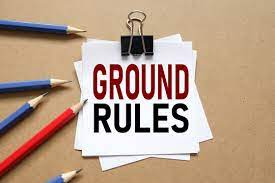
Method #2: Set Partnering Ground Rules
Setting ground rules for your business & project meetings, where you are going to explore ideas or solutions, is a great way to help create a safe environment for people to talk openly and honestly. As I mentioned before, this is what creates the atmosphere that allows for creativity and innovation to emerge. And of course, your people won’t argue with what they create; they will buy in and be committed to following through. Here is an example of some Partnering Approach Ground Rules:
· Everyone is created equal—we are one team
· This is an opportunity to listen to and understand each other
· There are no dumb ideas or dumb questions
· Focus on the issue/opportunity and not on personalities—we accept people as they are
· Now is the time for open, honest communication
· Judgments are not allowed—silence your inner judge and listen
Once you and your team get used to creating a high-trust atmosphere, allow your team to co-create their own ground rules.
Some boards, partnerships, or leadership teams might want to develop some governance ground rules for how they are going to operate as a high-trust, high-performing leadership team. These ground rules differ, as they will include how the leaders make decisions: by majority, by shares, ownership percentage, etc. They will want ground rules for each type of meeting they hold, including things like attendance at these meetings. Who runs the meetings, sets up the agenda, and writes the notes?
By creating some governance ground rules that are designed to create a high-trust atmosphere, you can prevent many of the leadership dysfunctions that I see in businesses. Remember, the leadership dysfunctions trickle down to all of the employees in the business. Examples of some Governance Ground Rules are:
· One vote per person—a simple majority passes
· Attendance is required, no substitutes
· You may miss one meeting per year
· Senior leadership positions are a shared decision
· Once a decision is made, even if it isn’t what you wanted, you own the decision
· We are open, honest, and transparent with what is going on with the business
· We tell our employees everything so they can be part of the solutions and ideas
One last thing about ground rules. It is important for you, as the Trusted Leader, to provide context to your employees, so they understand the task at hand, how it affects the business, and what you specifically need from them. Share a story and your vision. Your people can’t create without understanding what you need and why.
If you use these two methods and Refuse to be an Adversary, and Set Partnering Ground Rules, you will have begun to create the atmosphere that will allow you to co-create solutions that will be transformative for you, your team, your project, and your business!!
Until next time Construction Nation!

P.S. Curious how you can improve your project’s chance at success?
- Listen to Episode 57 on the Lead with Trust Podcast.
- Read my book, The Trusted Leader, to help you become a trusted leader for your business.
- Tell your team to subscribe to the Lead with Trust newsletter so they stay cutting edge in the industry.


